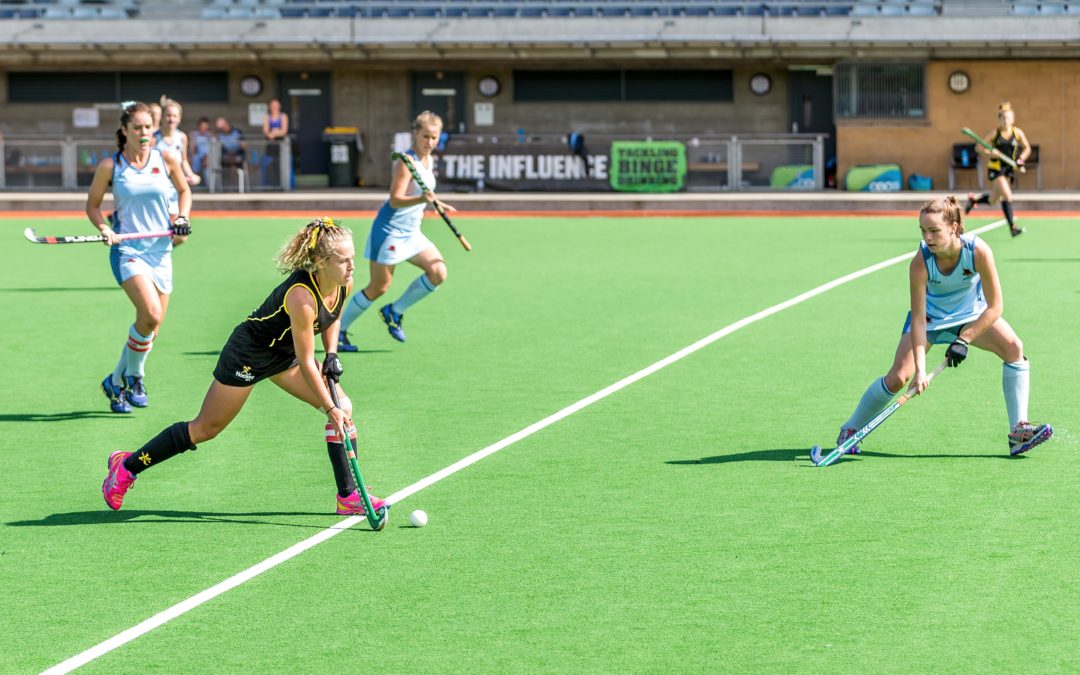Have you ever thought about the differences between ice hockey and field hockey? Sure, the simplest one would be the terrain they’re played on. But did you know that there are actually a few other major differences between the two sports? In this article, I aim to teach readers about the fundamental differences between playing ice hockey and playing field hockey.
The Field Terrain
The first major difference between the two (and likely the most obvious) is that field hockey and ice hockey require different terrains for their fields. Ice hockey is played on, well, ice! Field hockey on the other hand is typically played on astroturf. But what’s similar is that both require a terrain where things can move quickly. In ice hockey, players often complain about the hard and bouncy conditions of the ice because of the buildup of snow. On the other hand, in field hockey, the goal is usually scored on a water-based astroturf. This means that the ball can move quickly and efficiently compared to the black pebbles that are used in other types of astroturf.
Game Structure
Ice hockey has a game duration of 60 minutes divided into three 20-minute periods. One of the main reasons why ice hockey doesn’t have two halves is due to the ice’s maintenance. During the course of a game, the ice surface needs to be treated at least twice in order to keep things optimal. That’s why it’s divided into three periods! Field hockey on the other hand has a game duration of around 70 minutes. It can be divided into two 35-minute halves or it can be structured as a 60-minute game that’s divided into four 15-minute segments.
Scoring
One of the biggest differences between field hockey and ice hockey is the goal-scorers location. In ice hockey, the goal is scored from anywhere on the ice. As long as the puck is shot from the ice and makes it into the goal, that team gets the point. In field hockey, the goal is scored if the ball is hit from within the D area, which is a semi-circle that’s around 15 meters from the goal. If the goal is scored from outside of this area, it will not count.
Shooting
When it comes to actually shooting in ice hockey, the puck is allowed an unlimited amount of airtime. If you hit the puck and it flies through the air to get into the goal or is passed to a teammate, it’ll still be safe. This also often comes with players getting hit with the puck a solid amount. In field hockey though, the ball is forbidden from going in the air, especially when it comes to free hits. This is typically up to the judge’s discretion, with an exception being that if the shot is on a goal, it’ll be safe as long as it doesn’t hit somebody or have the potential to hit somebody.

